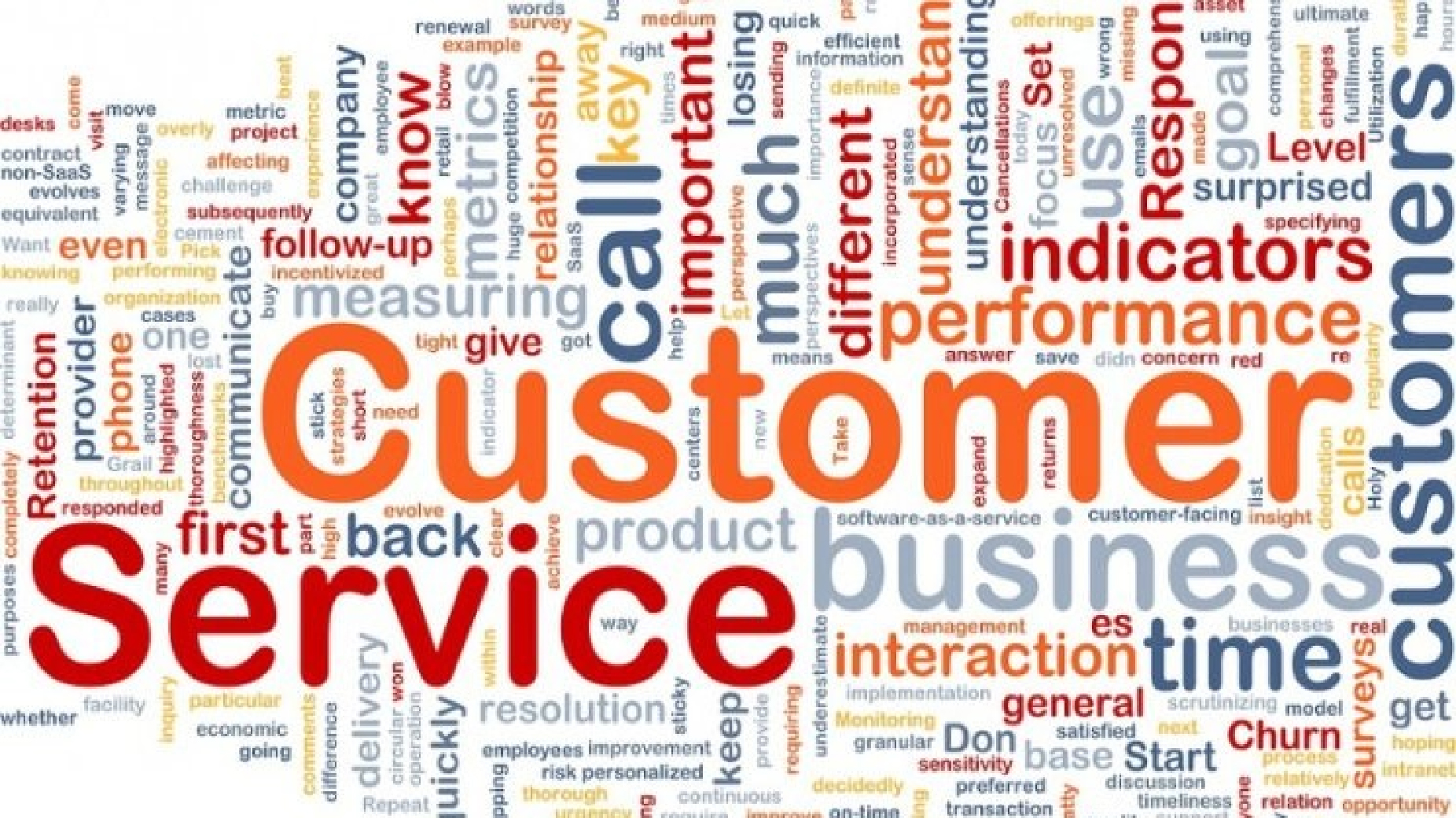Customer service is fundamental to a successful brand. It shapes daily interactions with customers and is crucial for resolving issues as they come up. As technology advances and customer preferences change, choosing the right types of customer service can be difficult.
What is customer service?
Customer service encompasses how your company interacts with customers during transactions and when addressing problems. It significantly affects profitability, as the service team is usually the first point of contact for customer needs. High-quality customer service is key to retaining customers and fostering loyalty.
The importance of customer service
1. Retain your customers
Great customer service helps keep customers coming back, increasing revenue and reducing acquisition costs. Personalize experiences and offer convenience to retain customers. 89% of customers make additional purchases after positive service experiences.
2. Encourage customer loyalty
Loyal customers choose your brand over competitors and buy more frequently. Fostering customer engagement and loyalty with rewards programs, discounts, and exceptional service can improve customer retention.
3. Build a strong culture and reputation
Define and communicate your brand values to create a strong culture. Use visual branding and social media to highlight your culture and build a positive reputation that drives growth and referrals.
4. Get referrals
Referrals are powerful for marketing. Excellent service increases positive referrals, while poor service can lead to negative ones and harm your reputation.
5. Boost sales
Effective customer service not only drives repeat business and attracts new customers but also creates opportunities to further boost sales through strategic discounts and promotions.
6. Upsell products
Upselling becomes easier with strong customer service, as trust is built over time. Satisfied customers are more likely to consider additional or premium options.
7. Improve employee happiness
Good customer service also benefits employees by creating a positive work environment. Happy customers lead to happier employees.
8. Remain competitive
Superior customer service can set you apart in the market. Excellent service builds lasting customer relationships and provides a competitive edge.
Types of customer service
Understanding the different customer service types is crucial for meeting your customers’ diverse needs. Here are some of the most effective types:
1. In-person support
Advantages:
– Personalized service with immediate feedback and resolution.
– Ability to demonstrate products, providing a richer customer experience.
Disadvantages:
– Limited access due to geographical constraints.
– Potential for long wait times and high operational costs.
2. Phone support
Advantages:
– Real-time personalization and immediate responses.
– Effective for resolving complex issues through follow-up questions.
Disadvantages:
– High costs and potential for long wait times.
– Privacy and language barrier concerns.
3. Email support
Advantages:
– Convenient and accessible, with a written record of communication.
– Cost-effective and allows for thoughtful responses.
Disadvantages:
– Delayed responses and potential for miscommunication.
– Can feel impersonal compared to other channels.
4. SMS support
Advantages:
– Ubiquitous and convenient for quick, on-the-go communication.
– Allows for automated responses and integration with CRM systems.
Disadvantages:
– Limited by character count and lack of support for rich media.
– Security concerns over handling sensitive information.
5. Social media support
Advantages:
– Wide reach with real-time interaction and public visibility.
– Integration with marketing efforts to reinforce brand messaging.
Disadvantages:
– Public scrutiny of interactions and potential for negative exposure.
– Requires significant resources to manage multiple platforms.
6. Live web chat support
Advantages:
– Immediate assistance with the ability to multitask during the interaction.
– Cost-effective, especially with AI chatbots handling frequent queries.
Disadvantages:
– Potential wait times and less personal touch compared to voice or in-person support.
– Over-reliance on automation can lead to a robotic experience.
7. Video customer service
Advantages:
– Personalized interactions with visual assistance for more effective communication.
– Convenient for customers who need face-to-face guidance without being physically present.
Disadvantages:
– Technical requirements and potential bandwidth issues.
– Privacy concerns for customers uncomfortable with video interactions.
8. Self-service support and documentation
Advantages:
– Available 24/7, scalable, and cost-effective.
– Preferred by customers who want to solve issues independently.
Disadvantages:
– Less effective for complex issues and requires ongoing maintenance.
– Can lead to frustration if poorly designed or outdated.
9. Communities and forums
Advantages:
– Continuous support from community-driven interactions.
– Fosters a sense of community and loyalty among customers.
Disadvantages:
– Quality control issues and the need for moderation.
– Potential for negative exposure if issues are unresolved.
Which type of customer service should you choose?
Selecting the best customer service channels for your business requires careful consideration of your customers, products, and goals. Start by understanding your customers’ preferences and the complexity of the inquiries you typically receive. Balancing these options ensures your customer service team can meet various needs without overburdening resources.
Conclusion
Customer service is crucial for brand success, greatly affecting customer satisfaction, loyalty, and profitability. High-quality, responsive service helps businesses retain customers, boost sales, and build a strong brand reputation and positive workplace culture. As technology and customer preferences evolve, selecting the right combination of service channels is critical. Understanding the strengths and limitations of each—whether in-person, phone, email, or social media—empowers businesses to effectively meet diverse customer needs and maintain a competitive edge. Prioritizing customer service goes beyond issue resolution; it involves enriching every interaction to forge enduring relationships and propel brand advancement.






